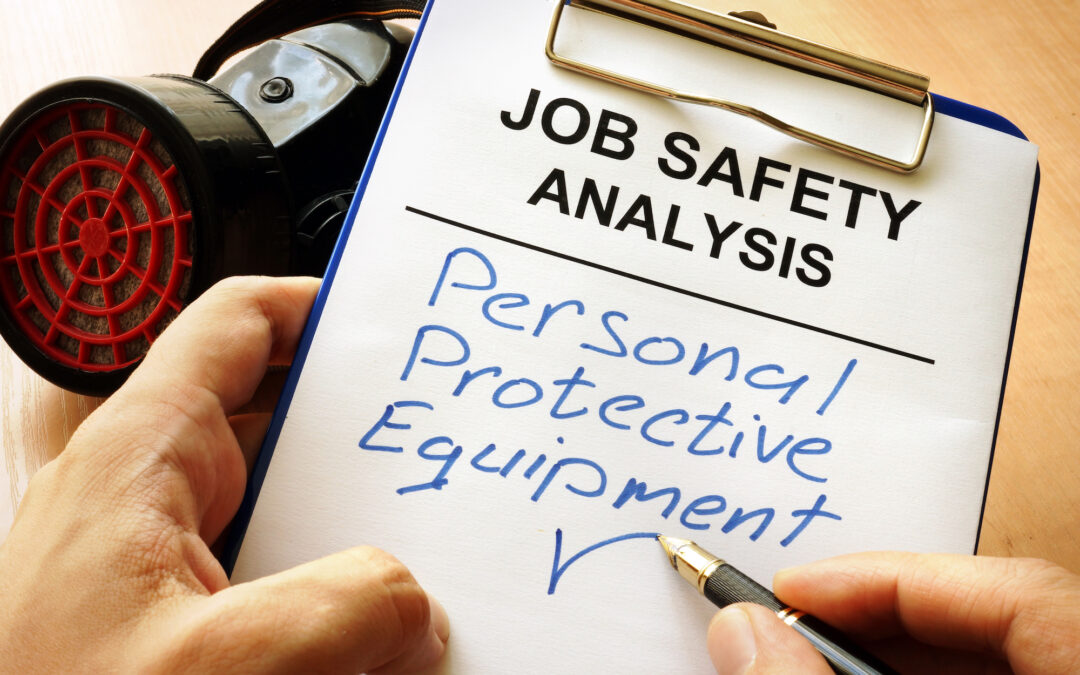Many jobs involve completing several tasks throughout the day, and many workers are severely injured or killed on the job site because of hazards involved with these job tasks. Numerous factors should be taken into account and action taken to ensure a work task is completed safely and efficiently. One of the best methods to determine and establish proper work procedures is to conduct a job or Pre-Task Analysis.
Discussion Points:
• What is a Pre-Task Analysis?
• What is the purpose of a Pre-Task Analysis?
• How do you conduct a Pre-Task Analysis?
• What is a Pre-Task Analysis safety checklist?
• How likely is it that a hazard will occur at your work site?
Discussion:
At the beginning of the day or before starting any job task, workers should perform a Pre-Task Analysis which includes identifying the basic tasks of the job, determining existing or potential hazards, and developing safe work practices and common hazard control measures for preventing work-related accidents. It’s important to have a clear understanding of the work assignments for each day. When analyzing the potential hazards of a job task, workers should ask questions regarding the health and safety hazards and risks.
The Pre-Task Analysis should include equipment, tools, and materials used, and worker conduct which helps identify required training, personal protective equipment, and other safety equipment needed while performing a hazardous job task. Workers should know the location of emergency eyewash and shower stations, first aid kits, spill kits, fire extinguishers, and emergency exits.
After the hazards have been identified, the supervisor should plan and develop solutions to eliminate the hazards by implementing control measures, specified methods, tools, and equipment that may be used to reduce risk. Safeguards should be applied when hazards cannot be eliminated. Supervisors should review the work in progress and provide feedback to the workers. The purpose of the review is to evaluate the job itself, not the workers’ job performance. Interaction and communication between co-workers and the supervisor are imperative to the efficiency of procedures and overall production; positive interactions increase morale, improve work satisfaction, and enhance productivity, efficiency, and safety. The supervisor can use the results of the Pre-Task Analysis to prevent hazards in the workplace. This Safety awareness should lead to a more productive and safety-conscious team of workers and reduce the frequency of work-related accidents and the severity of the injury.
As always, be safe out there!


Recent Comments